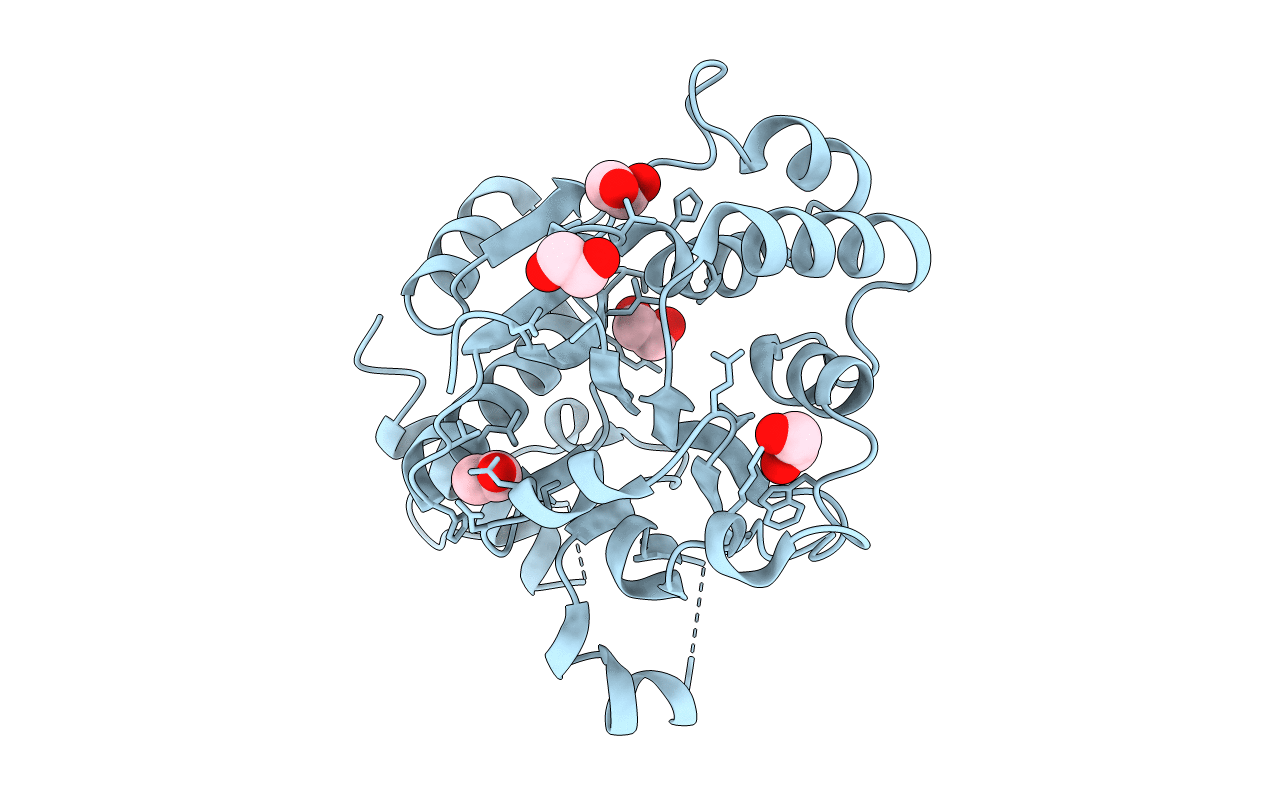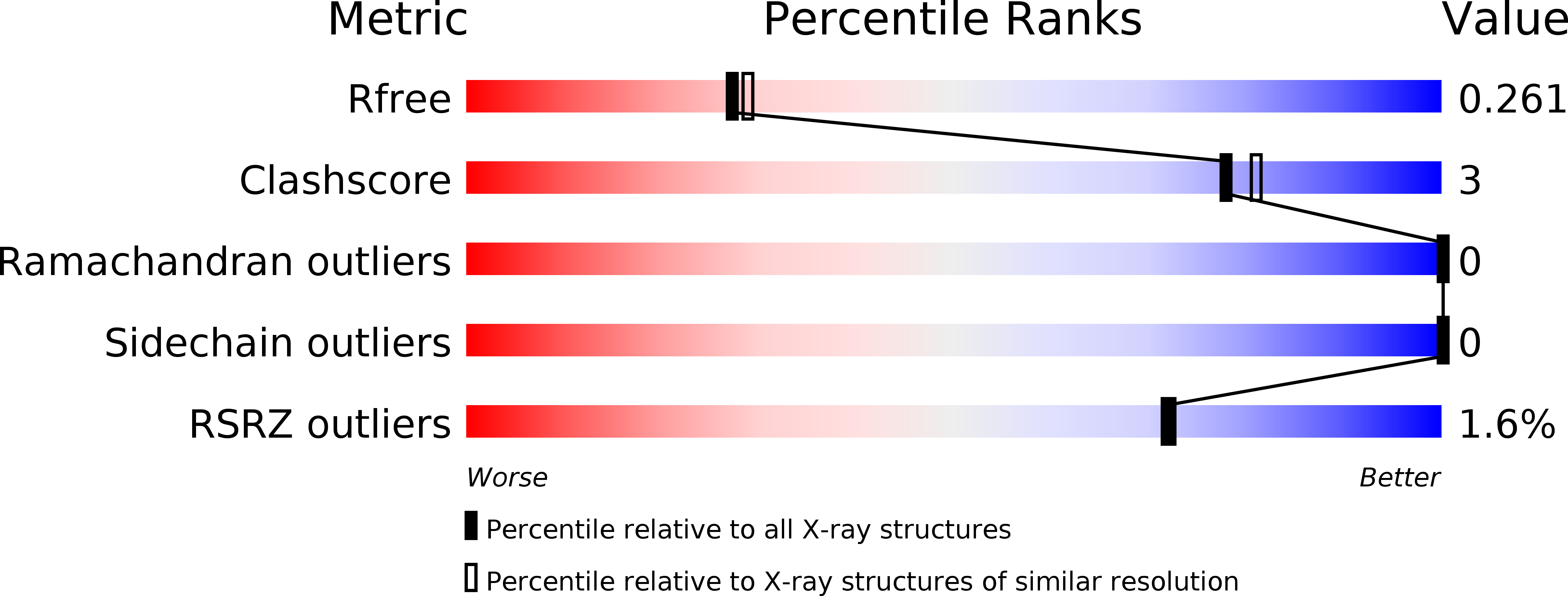
Deposition Date
2017-10-13
Release Date
2017-12-20
Last Version Date
2024-05-08
Entry Detail
PDB ID:
6EQJ
Keywords:
Title:
Crystal Structure of Human Glycogenin-1 (GYG1) Tyr195pIPhe mutant, apo form
Biological Source:
Source Organism:
Homo sapiens (Taxon ID: 9606)
Host Organism:
Method Details:
Experimental Method:
Resolution:
2.18 Å
R-Value Free:
0.26
R-Value Work:
0.22
R-Value Observed:
0.23
Space Group:
P 21 21 2


